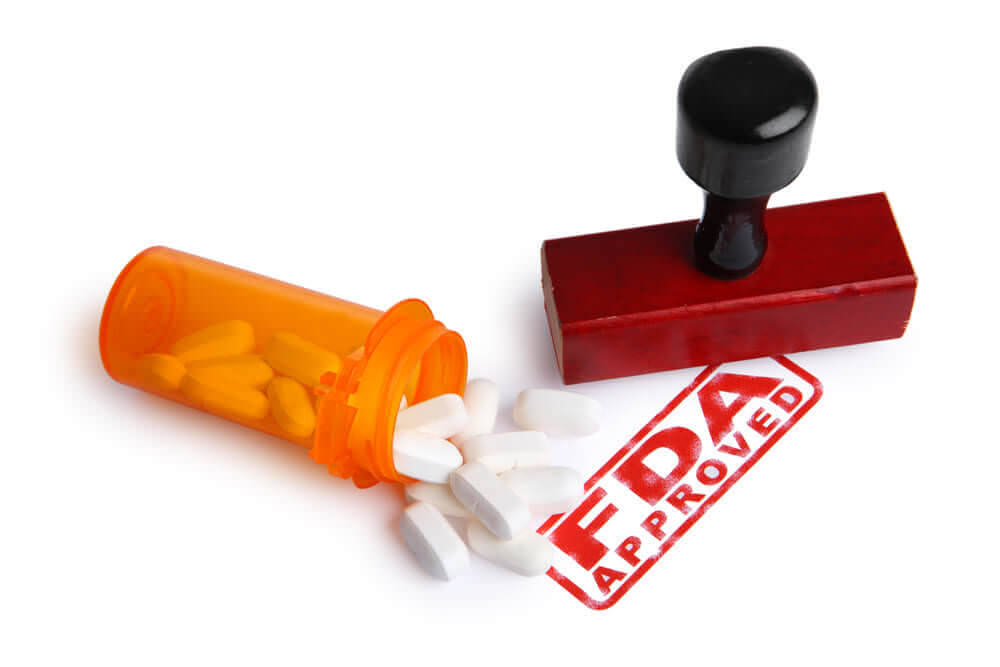Late last week, the Generic Pharmaceutical Association posted its comments (here) on the final Guidance for Industry – Size, Shape and Other Physical Attributes of Generic Tablets and Capsules (here). GPhA questions whether OGD has the statutory and regulatory authority to enforce this Guidance. There is a nice posting from our friends at the Regulatory Affairs Professional Society (RAPS) (here) that outlines GPhA’s objections and concerns.
We have previously posted on issues that the FDA must deal with relative to patient complaints and concerns when the draft Guidance originally issued (here). To tell you the truth, I am somewhat conflicted on this issue when I think of my pharmacy practice days and then look at the issue through my regulatory eyes. Do I agree with GPhA? To some extent, but I also think that FDA has a need to assure that, if they are going to make recommendations to states that two products are substitutable and can be expected to have the same therapeutic effect, that the profession of pharmacy, the industry and FDA have to meet somewhere in the middle on this issue.
Do I get that, in order to bring a generic to market on a product that may be patent protected by a patent that claims a specific range of ratios of active to inactive ingredients, that the generic manufacture must change that ratio to avoid infringement? Yes, and this may sometimes result in a product that is larger than that of the brand name product (sometimes significantly larger). I gave an example in the previous blog post referenced above of a brand product that was 500 mg and a generic that was 750 mg (same drug product, same strength of active ingredient), but a patient that could barely choke down the 500 mg now gets an automatic substitution of a 750 mg tablet that they cannot swallow at all. If the patient cannot take the generic product, is it truly therapeutically equivalent even though it meets FDA’s standing definition of sameness (same dosage from, strength, route of administration and active ingredient and is bioequivalent)? Seems to me that if the patient can’t swallow it, then there is no therapeutic benefit they can possibly get from a product they cannot ingest.
Also, think of the practicing pharmacist (I was one early in my career). Dispensing a different generic product to patients raises a lot of questions from the patients. Placing a sticker saying that the “product you are receiving is the same medication, but only a generic version whose size, shape and color may be different” does not usually solve the problem. Pharmacists are busy people. When a patient gets a substituted generic that looks different, the pharmacist usually gets questions. Is this the right drug? It looks different. It is twice the size of the product I have been receiving, are you sure it is the right strength or product? All legitimate questions right? Whose job is it to answer these questions? The pharmacist dispensing the medication.
Sometimes, people that get a product that looks too different than the product they are used to taking will stop taking the drug altogether. Not a good therapeutic outcome. Does a generic company have a responsibility under the statute to make a product that is exactly the same as the product it is trying to copy? Probably not, but there must be some thought to what happens at the dispensing end of prescribing. Do strict and absolute limits on size and shape differences really make total sense? Well, isn’t that why FDA moved the confidence interval limits from 80-125% to 80.00-125.00% so that a 79.8% that at one time might have been close enough next becomes 79.6% and so on such that it soon becomes unclear where to set the limits of what is close enough. Certainly for FDA absolute limits are much easier to enforce, but are they always practical? And herein lies the rub! Where do you draw the line and how is the line drawn? Maybe the line here needs to be a bit fuzzier! Maybe not! Good questions for debate, but also good questions for a dialog that assures that a generic can come to market without it becoming a new “gotcha” game of innovator vs. generics (a new life cycle management tool) as was stated in the RAPS article. Is there a way to solve this issue once and for all? I don’t think so. But there certainly needs to be some additional thought when defining a product and how that product will impact the public’s confidence in generic drugs. While there may not be a clear statutory mandate for this function, the FDA, certainly by their actions and approval decision, should take that goal into account. Has the FDA overstepped its bounds on the size and shape issue? Maybe not, if you ask the patients – which is exactly what the FDA is doing now. Where will we be once this question is answered and how will the FDA and industry react to the findings? Stay tuned!




